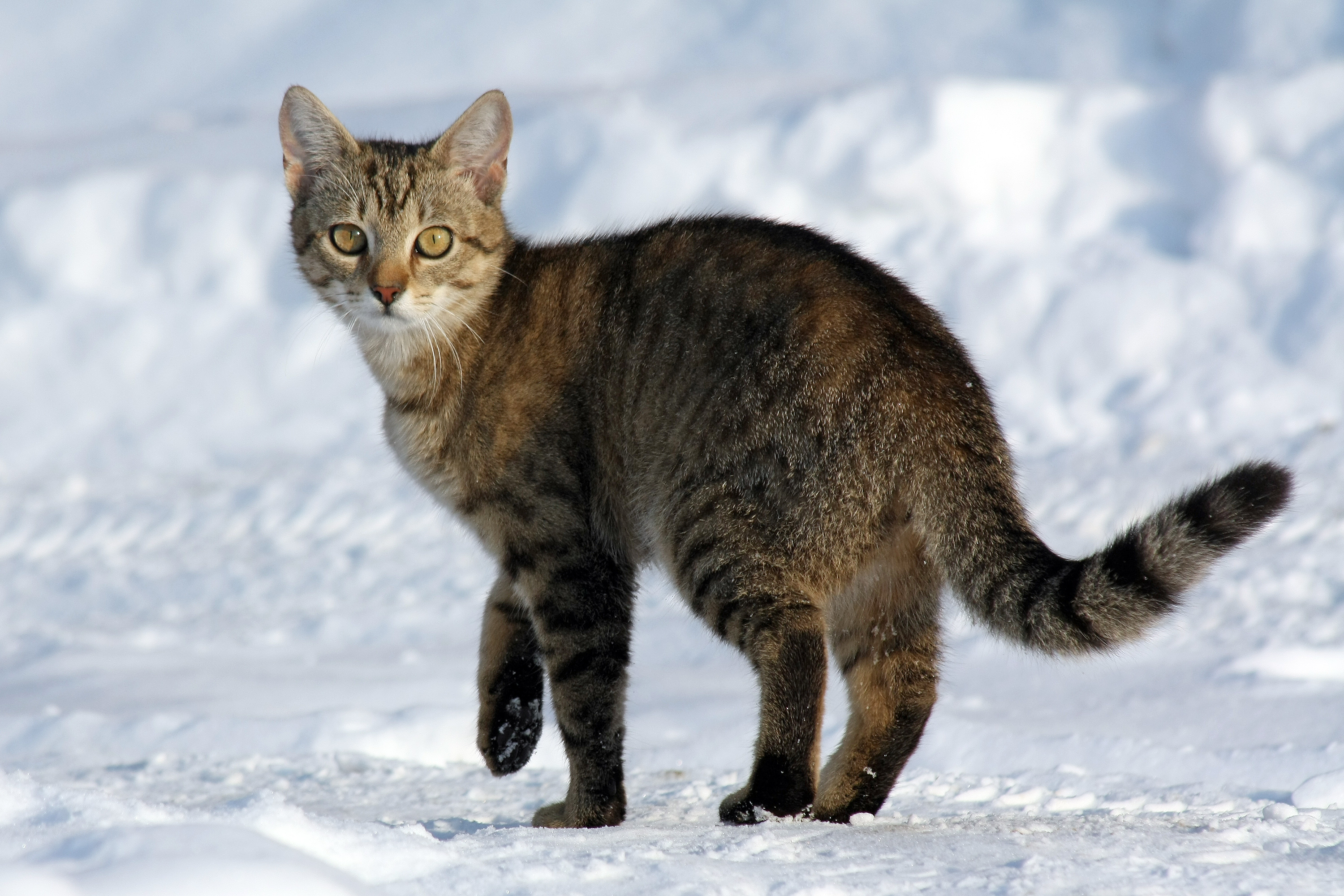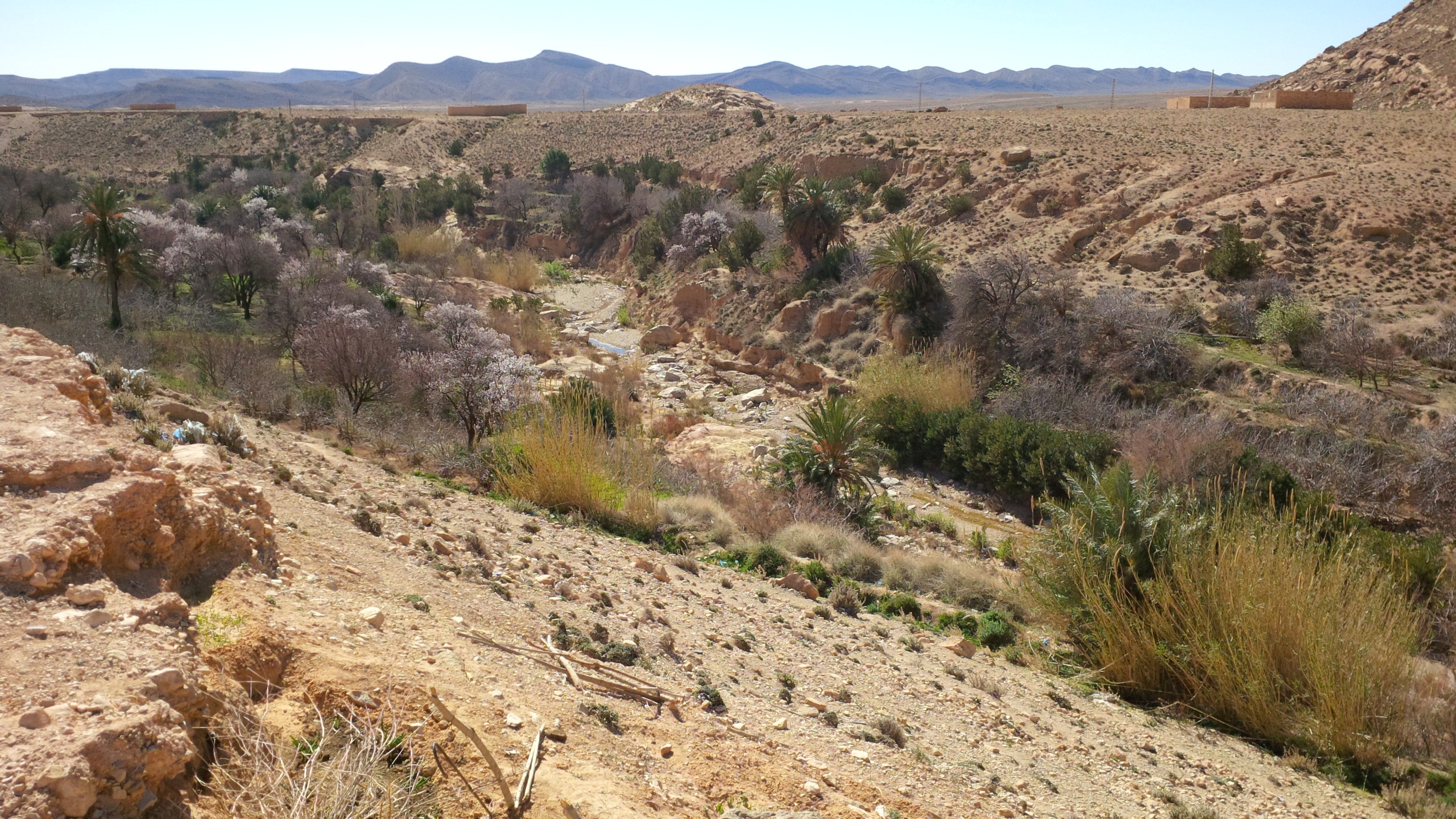|
Falanouc
''Eupleres'' is a genus of two species of mongoose-like euplerid mammal native to Madagascar that are known as falanoucs. They are primarily terrestrial and consume mainly invertebrates. Species *Eastern falanouc, ''Eupleres goudotii'' - mesic forests of eastern Madagascar *Western falanouc, ''Eupleres major'' - xeric areas in northwestern Madagascar Conservation status The IUCN Red List lists ''E. goudotii'' as vulnerable, while ''E. major'' has been assessed as endangered An endangered species is a species that is very likely to become extinct in the near future, either worldwide or in a particular political jurisdiction. Endangered species may be at risk due to factors such as habitat loss, poaching, inv .... References Carnivorans of Africa Euplerids Endemic fauna of Madagascar Taxa named by Louis Michel François Doyère {{carnivora-stub ... [...More Info...] [...Related Items...] OR: [Wikipedia] [Google] [Baidu] |
Western Falanouc
The western falanouc (''Eupleres major'') is a rare mongoose-like mammal endemic to Madagascar. Until recently, the eastern falanouc (''Eupleres goudotii'') was the only recognized species in the genus ''Eupleres''. In 2010, Goodman and Helgen provided morphological evidence showing the two falanoucs are each a separate species and are found in separate geographical locations. ''E. major'' is larger and browner compared to ''E. goudotii'' and has a diet consisting mainly of invertebrates such as worms, snails, and slugs. Knowledge of the western falanouc's ecology is limited, but its range is believed to be limited to dry deciduous forest, flooded palm savanna, and wetlands. ''E. major'' is known to occur in Ankarafantsika National Park and is believed to also be found in or near other local national parks and reserves. The main predators of the western falanouc are feral dogs and humans. ''E. major'' is currently listed as ''endangered'' on the IUCN Red List of Endangered Specie ... [...More Info...] [...Related Items...] OR: [Wikipedia] [Google] [Baidu] |
Eupleres Major
The western falanouc (''Eupleres major'') is a rare mongoose-like mammal endemic to Madagascar. Until recently, the eastern falanouc (''Eupleres goudotii'') was the only recognized species in the genus '' Eupleres''. In 2010, Goodman and Helgen provided morphological evidence showing the two falanoucs are each a separate species and are found in separate geographical locations. ''E. major'' is larger and browner compared to ''E. goudotii'' and has a diet consisting mainly of invertebrates such as worms, snails, and slugs. Knowledge of the western falanouc's ecology is limited, but its range is believed to be limited to dry deciduous forest, flooded palm savanna, and wetlands. ''E. major'' is known to occur in Ankarafantsika National Park and is believed to also be found in or near other local national parks and reserves. The main predators of the western falanouc are feral dogs and humans. ''E. major'' is currently listed as ''endangered'' on the IUCN Red List of Endangered Spec ... [...More Info...] [...Related Items...] OR: [Wikipedia] [Google] [Baidu] |
Eastern Falanouc
The eastern falanouc (''Eupleres goudotii'') is a rare mongoose-like mammal in the carnivoran family Eupleridae endemic to Madagascar . It is classified alongside the Western falanouc (''Eupleres major''), recognized only in 2010, in the genus '' Eupleres''. Falanoucs have several peculiarities. They have no anal or perineal glands (unlike their closest relative, the fanaloka), nonretractile claws, and a unique dentition: the canines and premolars are backwards-curving and flat. This is thought to be related to their prey, mostly invertebrates, such as worms, slugs, snails, and larvae. It lives primarily in the lowland rainforests of eastern Madagascar, while ''E. major'' is found in northwest Madagascar. It is solitary and territorial, but whether nocturnal or diurnal is unknown. It is small (about 50 centimetres long with a 24-centimetre-long tail) and shy (clawing, not biting, in self-defence). It most closely resembles the mongooses with its long snout and low body, thoug ... [...More Info...] [...Related Items...] OR: [Wikipedia] [Google] [Baidu] |
Euplerid
Eupleridae is a family of carnivorans endemic to Madagascar and comprising 10 known living species in seven genera, commonly known as euplerids, Malagasy mongooses or Malagasy carnivorans. The best known species is the fossa (''Cryptoprocta ferox''), in the subfamily Euplerinae. All species of Euplerinae were formerly classified as viverrids, while all species in the subfamily Galidiinae were classified as herpestids. Recent molecular studies indicate that the 10 living species of Madagascar carnivorans evolved from one ancestor that is thought to have rafted over from mainland Africa 18–24 million years ago. This makes Malagasy carnivorans a clade. They are closely allied with the true herpestid mongooses, their closest living relatives. The fossa and the Malagasy civet (''Fossa fossana'') are each evolutionarily quite distinct from each other and from the rest of the clade. All Eupleridae are considered threatened species due to habitat destruction, as wel ... [...More Info...] [...Related Items...] OR: [Wikipedia] [Google] [Baidu] |
Carnivorans Of Africa
Carnivora ( ) is an order of placental mammals specialized primarily in eating flesh, whose members are formally referred to as carnivorans. The order Carnivora is the sixth largest order of mammals, comprising at least 279 species. Carnivorans are found on every major landmass and in a variety of habitats, ranging from the cold polar regions of Earth to the hyper-arid region of the Sahara Desert and the open seas. Carnivorans exhibit a wide array of body plans, varying greatly in size and shape. Carnivora are divided into two suborders, the Feliformia, containing the true felids and several animals; and the Caniformia, containing the true canids and many animals. The feliforms include the Felidae, Viverridae, hyena, and mongoose families, the majority of which live only in the Old World; cats are the only exception, occurring in the Old World and the New World, entering the Americas via the Bering land bridge. The caniforms include the Caninae, Procyonidae, bears, mustelids, ... [...More Info...] [...Related Items...] OR: [Wikipedia] [Google] [Baidu] |
Endangered
An endangered species is a species that is very likely to become extinct in the near future, either worldwide or in a particular political jurisdiction. Endangered species may be at risk due to factors such as habitat loss, poaching, invasive species, and climate change. The International Union for Conservation of Nature (IUCN) Red List lists the global conservation status of many species, and various other agencies assess the status of species within particular areas. Many nations have laws that protect conservation-reliant species which, for example, forbid hunting, restrict land development, or create protected areas. Some endangered species are the target of extensive conservation efforts such as captive breeding and habitat restoration. Human activity is a significant cause in causing some species to become endangered. Conservation status The conservation status of a species indicates the likelihood that it will become extinct. Multiple factors are c ... [...More Info...] [...Related Items...] OR: [Wikipedia] [Google] [Baidu] |
Vulnerable Species
A vulnerable species is a species which has been Conservation status, categorized by the International Union for Conservation of Nature as being threatened species, threatened with extinction unless the circumstances that are threatened species, threatening its survival and reproduction improve. Vulnerability is mainly caused by habitat loss or destruction of the species' home. Vulnerable habitat or species are monitored and can become increasingly threatened. Some species listed as "vulnerable" may be common in captivity (animal), captivity, an example being the military macaw. In 2012 there were 5,196 animals and 6,789 plants classified as vulnerable, compared with 2,815 and 3,222, respectively, in 1998. Practices such as cryoconservation of animal genetic resources have been enforced in efforts to conserve vulnerable breeds of livestock specifically. Criteria The International Union for Conservation of Nature uses several criteria to enter species in this category. A taxon ... [...More Info...] [...Related Items...] OR: [Wikipedia] [Google] [Baidu] |
IUCN Red List
The International Union for Conservation of Nature (IUCN) Red List of Threatened Species, also known as the IUCN Red List or Red Data Book, founded in 1964, is an inventory of the global conservation status and extinction risk of biological species. A series of Regional Red Lists, which assess the risk of extinction to species within a political management unit, are also produced by countries and organizations. The goals of the Red List are to provide scientifically based information on the status of species and subspecies at a global level, to draw attention to the magnitude and importance of threatened biodiversity, to influence national and international policy and decision-making, and to provide information to guide actions to conserve biological diversity. Major species assessors include BirdLife International, the Institute of Zoology (the research division of the Zoological Society of London), the World Conservation Monitoring Centre, and many Specialist Groups w ... [...More Info...] [...Related Items...] OR: [Wikipedia] [Google] [Baidu] |
Mesic Habitat
In ecology, a mesic habitat is a type of habitat with a well-balanced or moderate supply of moisture throughout the growing season (e.g., a mesic forest, temperate hardwood forest, or dry-mesic prairie). The term derives from the Greek ''mesos'', meaning middle, indicating its relative moisture content between hydric (moist) and xeric (dry) habitats. The word "mesic" can apply to the plants or soils within the mesic habitat (i.e. mesic plants, mesic soils). Mesic habitats provide a moderate moisture content that remains relatively constant during crucial growing periods. A variety of outside factors contribute to the presence of water in the system, including streams and their offshoots, wet meadows, springs, seeps, irrigated fields, and high-elevation habitats. These factors effectively provide drought insurance during the growing season against climatic factors such as increasing temperatures, lack of rain, and the effects of urbanization. Other habitat types, such as m ... [...More Info...] [...Related Items...] OR: [Wikipedia] [Google] [Baidu] |
Xeric
Deserts and xeric shrublands are a biome defined by the World Wide Fund for Nature. Deserts and xeric (Ancient Greek 'dry') shrublands form the largest terrestrial biome, covering 19% of Earth's land surface area. Ecoregions in this habitat type vary greatly in the amount of annual rainfall they receive, usually less than annually except in the margins. Generally evaporation exceeds rainfall in these ecoregions. Temperature variability is also diverse in these lands. Many deserts, such as the Sahara, are hot year-round, but others, such as East Asia's Gobi Desert, become quite cold during the winter. Temperature extremes are a characteristic of most deserts. High daytime temperatures give way to cold nights because there is no insulation provided by humidity and cloud cover. The diversity of climatic conditions, though quite harsh, supports a rich array of habitats. Many of these habitats are ephemeral in nature, reflecting the paucity and seasonality of available water. ... [...More Info...] [...Related Items...] OR: [Wikipedia] [Google] [Baidu] |




